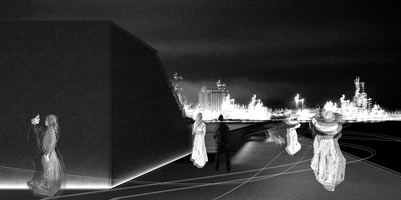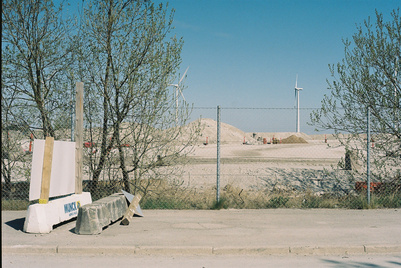Navn
Camila Marietta Viancos-Holst
Uddannelsesgrad
Kandidat
Fagområde
Arkitektur
Program
Political Architecture: Critical Sustainability
År
2022



Kinship House - Living in clusters making kinship across families and generations. #Sharemore #liveslower #degrowtheconomy

Building process and biodiversity as it reemerges when we flood old farmland.
Det Kongelige Akademi understøtter FN’s verdensmål
Siden 2017 har Det Kongelige Akademi arbejdet med FN’s verdensmål. Det afspejler sig i forskning, undervisning og afgangsprojekter. Dette projekt har forholdt sig til følgende FN-mål:
Sustainable cities and communities (11)
















































































